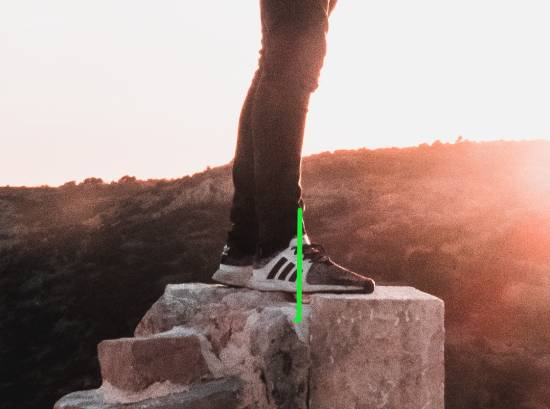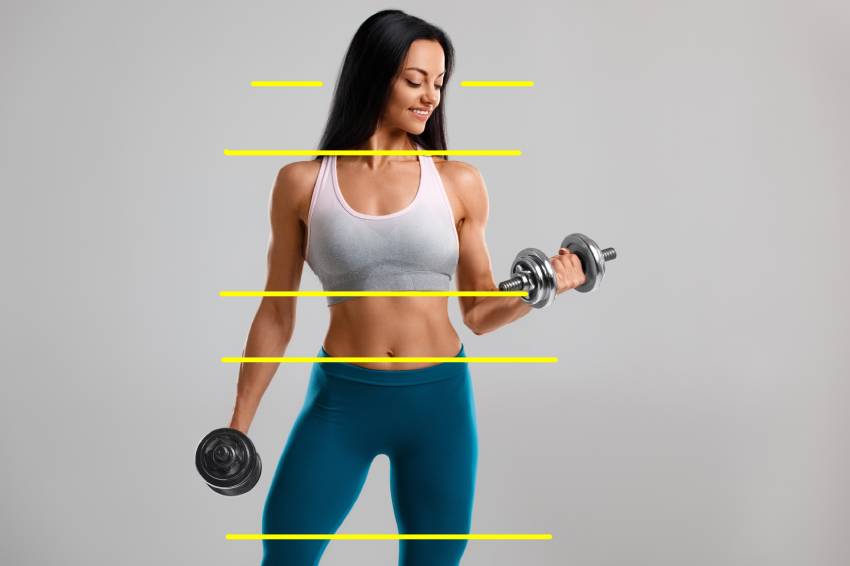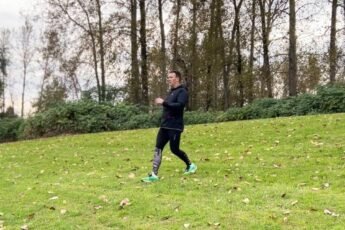Posture is literally the keystone of function for the Musculo-Skeletal Human Body. This means that every physio or chiro or massage etc. is all doing one thing: Trying to get you back into natural posture.
But is it that easy? As you may have guessed, it’s not that simple. Holding good posture is difficult especially if you have bad positions throughout your day.
Posture is also a very misunderstood area of health and fitness. Besides the age old tip of shoulders back and down, we pretty much have nothing to go on. Unfortunately, having your mom or dad tell us to stand up straight isn’t very effective either.
So why does Posture matter?
Good posture can even help existing injuries and make them less painful and more manageable. I care great deal about posture in my practice and have had wonderful results helping clients improve their posture and get out of pain and start moving better.
The first thing we’re going to do is discuss what good and bad posture feels like.
Good Posture Vs. Bad Posture
Good Posture will feel tall and light with open channels. But alas, you’re probably not here to read about that.
Bad Posture will feel short and tight. Emphasis on the tight! Bad posture will feel tight and like you cannot get out of it. Bad posture often feels like you are stuck and bound by ropes and tight chords. It may also feel “hot” or “intense”. It is a very debilitating sensation overall. You can have this sensation in your neck, lower back, sides of your rib cage, shoulders and even in your lower extremities such as your hips, knees and ankles.
So what’s causing this mess?
Much of this is being caused by gravity. Understanding how gravity affects posture can open your mind up to different corrections that make sense once you’re thinking from this perspective.
Posture Tip #1
Don’t drive your chin into your neck. Chin tucks are an overused postural tip and they’re not good for your jaw. Yes our necks should be relatively straight but, the last thing we want to do is to sulcus our jaw. Just imagine somebody with their chin almost into their throat creating a double chin in their skin. This is not an example of good natural posture. It’s also bad for the discs in your jaw.
Posture Tip #2
Stop driving your shoulders back and and down. Instead, lift your rib cage up. Lift your rib cage up and think of your collar bones. They should be parallel to the ground. Forget trying to push your shoulders back. They simply hang off the rib cage so pushing them back and down can actually cause a lot of neck pain if your ribcage is slumpy or hunched.
Posture Tip #3
If you have low back pain, it’s often your back or your hip flexors. Both of these areas can get very tight and both of them can hurt your lower back. Many of us crunch down to look down into the computer, down onto a desk or down in the couch to look at the TV. All of these moves tighten our hip flexors and pull us below the natural height of our hips. This causes compression and tightens our lower back and lower stomach muscles and creates bad posture.
This posture can also lead to glute pain, back pain, sciatic pain, groin pain, hip pain and even pain in the lower ribs, our side flanks and our lower abdominals.
In this new age of computers being smaller and our phones being low and in our laps, we routinely create compression unfortunately. This high frequency of bad postures can get our bodies out of whack very quickly.
How to Fix Bad Posture
First, start thinking about standing up in the ribcage with your center going right down through where you tie your shoe laces into a bow. This is the center point we’re looking for.
Most of the time, this is what you’re looking for. Don’t try to stand into your heels or completely on your toes. Just focus on somewhere around the green line in general. Once you’ve got that down, the next step is to start thinking about levels.
Posture at Each Level of the body
Levels of the body are big when it comes to posture. You can start thinking about which levels of your body are good and which are compressed.
- Is one hip a little bit compressed on one side?
- Is one shoulder a little bit low?
- Is your neck tilted to one side?
- Is your jaw tight on one side?
All of these areas will tell you where you are compressed. Your goal is then to gently reset that area.
For example, if you’re compressed down on one hip, you can gently let that hip relax and try to stand a little bit taller. Don’t force it but try to stand up just a little bit better. Then, you can shift your weight from side to side and see if your legs and hips feel a little bit better. If one hip feels good and the other fields dropped, you may have uncovered one of your problem sites.
As personal trainers, we can show you very quickly how to solve this level and get yourself into better posture. Sometimes the difference between a pain free hip and a painful hip can be as little as 1/3 to 1/4 of an inch correction. The reason it’s difficult to get these corrections is because your body habitually gets used to sitting in the compression. Luckily, once you are taught to stand and hold the appropriate position, your body is very likely to prefer it and maintain it going forward.
Shoulders, Necks & Jaws Are No Different
If one side is compressed and down, you may want to try to gently let it return to the level. Again, we’re not trying to push both sides up, down, forward or back, we’re as always, just trying to get things back to neutral. If this sounds too tricky, it’s best to hire a professional to guide you through the process. Like us!
Bonus Posture Tip
The bonus tip for posture is to stay slightly forward. Many of us are leaning back and losing connection through our stomachs and anterior oblique sling systems. This can cause knee pain, lower back pain, neck pain and sometimes even jaw pain. All of it comes from simply leaning back a little too much. Think of an athlete leaning forward when they’re ready to play their sport. Your body is engaged and connected to the front and ready to take natural load. We want just a hair of this connection when standing up straight. This allows us to stay out of our lower backs and more connected with our core. Think of somebody you see with their hand in their lower back and swaying and inching backward on it. Think of the compressive forces that causes on their lower spine. This is exactly what we want to avoid.
If you’re having trouble finding this position, jog on the spot for a little bit and stay on the balls of your feet. After 30 seconds, stop and just stand tall. This should help you feel a good postural position.
For more information on posture and how it can give you your body back, get in touch with us today!
FS Studios







